1. X-Ray Vision Glasses

If you grew up flipping through the pages of an old comic book or novelty catalog, you probably remember the thrill of seeing ads for X-ray vision glasses. These quirky spectacles promised the ability to see through walls, clothing, or even people, though the reality was far less exciting. Instead of real X-ray vision, they used clever optical illusions with patterns inside the lenses to create a blurry double image. Still, plenty of kids (and maybe a few hopeful adults) couldn’t resist ordering a pair just to see what they could do says Smithsonian Magazine.
Even though they didn’t work as advertised, they became a classic novelty item that captured the imagination. They were often sold alongside other playful trick gadgets, like disappearing ink or joy buzzers. The packaging always featured someone looking shocked as they “saw” through their hand, adding to the mystique. While modern kids have augmented reality apps, there was something magical about waiting weeks for a pair of these glasses to arrive, only to find out they were just a clever gimmick adds the Autopian.
2. Monkey on a Chain
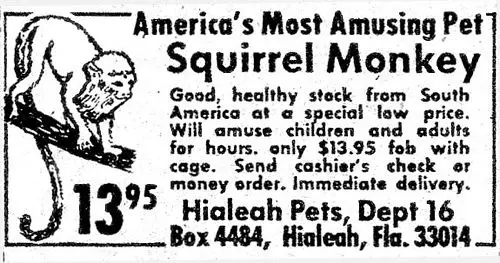
For a brief period, it was possible to order a real live monkey straight from the pages of a catalog. These tiny primates, usually squirrel monkeys or capuchins, were advertised as the perfect pocket-sized pet. Of course, the reality of caring for a wild animal was far more complicated than the ads let on. The monkeys were often frightened, difficult to train, and prone to biting, making them a challenge even for experienced pet owners says Chicago Magazine.
Despite the adorable pictures in the catalog, many people quickly realized they weren’t prepared for the responsibility. Unfortunately, that meant some of these poor creatures ended up being surrendered or abandoned. Animal welfare laws eventually cracked down on this bizarre mail-order trend, but for a time, the idea of getting a monkey delivered to your door seemed like the ultimate dream. Now, they serve as a cautionary tale about why wild animals don’t belong in the pet trade.
3. A Do-It-Yourself House
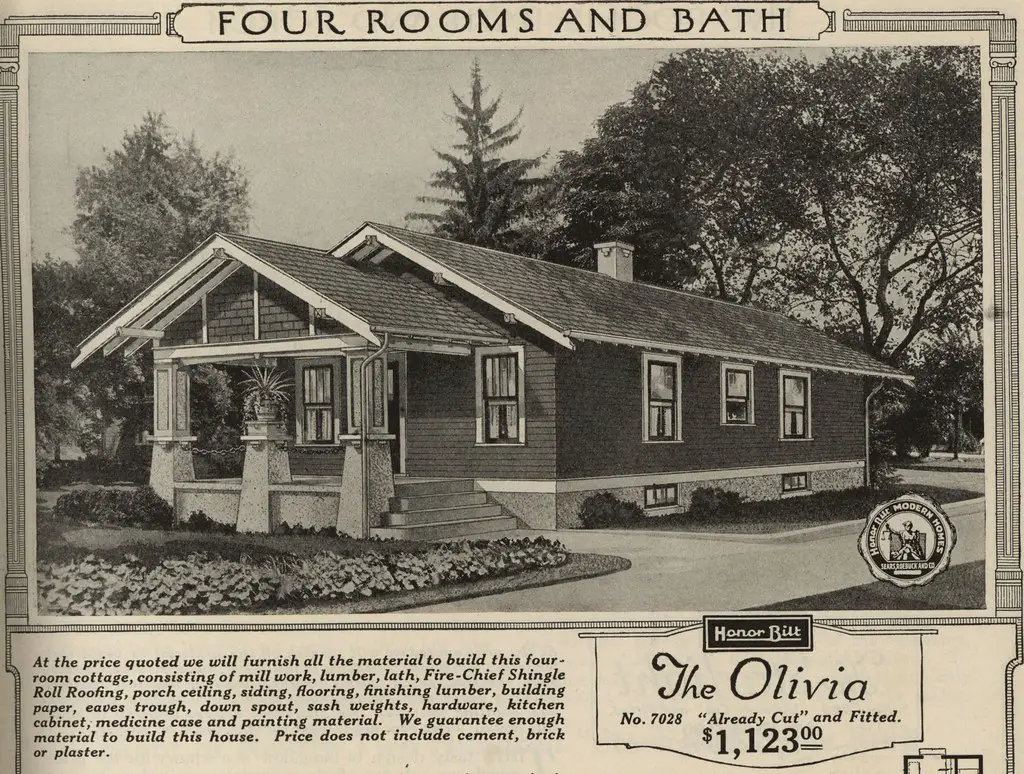
Imagine flipping through a catalog and ordering an entire house, piece by piece. In the early 20th century, companies like Sears sold mail-order homes that arrived in massive kits, complete with pre-cut lumber, nails, and instructions. Buyers would receive all the materials necessary to build a bungalow, colonial, or even a cozy farmhouse. These kits made homeownership more accessible, especially for families looking to settle in rural areas explains Hendersonville Times News.
While it might sound overwhelming to build a house from scratch, many of these designs were surprisingly user-friendly. Some even came with pre-measured pieces, so all you had to do was follow the instructions. The result? Sturdy, charming homes that still stand in many parts of the country today. If only homebuying were still as simple as ordering from a catalog!
4. A Full-Size Canoe

It’s hard to believe, but there was a time when you could order a full-size canoe and have it delivered right to your door. Sears, Montgomery Ward, and other major catalogs offered everything from wooden to aluminum canoes. The best part? They were shipped in manageable pieces, allowing customers to assemble them at home. While today’s shoppers might balk at the idea of putting together a boat from a kit, these catalog canoes were considered a great deal.
People loved the convenience of ordering outdoor adventure gear without stepping foot in a store. Whether you were planning to paddle down a river or just wanted a fun summer project, these canoes made it possible. Some models even included custom paint jobs or personalized engravings. It’s a far cry from today’s inflatable paddleboards, but back then, getting a boat in the mail felt like the ultimate life hack.
5. A Personal Submarine
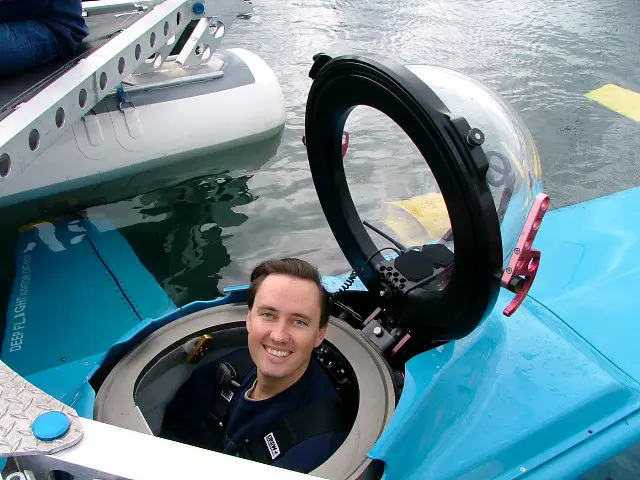
Yes, at one point, you could actually order your very own submarine from a catalog. It wasn’t exactly military-grade, but companies like Neiman Marcus and Hammacher Schlemmer advertised personal submersibles for adventurous buyers. These tiny, one- or two-person submarines were marketed as perfect for exploring underwater worlds. Some even claimed to dive up to 50 feet, though the safety of these crafts was questionable at best.
Despite the hefty price tag, the idea of owning your own mini-sub was undeniably appealing. The catalogs made it sound like you could casually cruise through the ocean like a spy in a James Bond movie. Of course, most people probably weren’t prepared for the logistics of operating one. Still, it was fun to dream about opening your mailbox and finding the keys to your very own undersea adventure.
6. A Baby Alligator

For reasons that defy logic, baby alligators were once a surprisingly common catalog order. Advertised as exotic and easy-to-care-for pets, they were often shipped in small boxes with minimal instructions. The idea of having your own tiny gator might have seemed fun at first, but reality quickly set in. These little reptiles grew fast, had sharp teeth, and weren’t exactly eager to be cuddled.
Predictably, many owners realized they were in over their heads and had to find a way to get rid of their unexpected reptilian guest. Some alligators ended up in zoos, while others were released into local waterways (which probably explains some urban legends about gators in city sewers). Thankfully, the mail-order alligator business faded out as people became more aware of the ethical and practical challenges. But for a while, it was possible to order your very own baby dinosaur through the mail.
7. A Suit of Armor
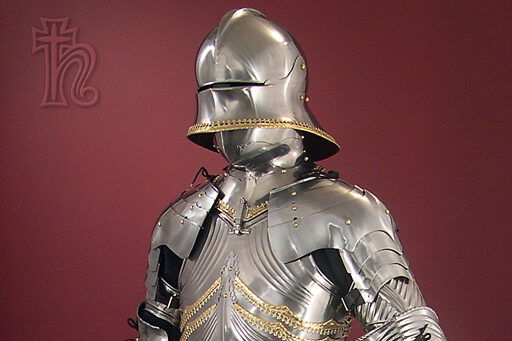
If you ever dreamed of feeling like a medieval knight, old catalogs had you covered—literally. Companies once sold full suits of armor, ranging from decorative replicas to functional metal suits. Some were intended for display in homes, while others were designed for actual use in reenactments or jousting competitions. The catalog descriptions made them sound like an essential addition to any dignified living space.
While most people weren’t clanking around their houses in armor, a surprising number of collectors jumped at the chance to own one. They were especially popular among history buffs and those who wanted to add a bit of grandeur to their libraries or man caves. Shipping a full suit of armor was no small feat, though, and some unlucky buyers probably regretted the hassle of getting it inside their homes. Even so, it remains one of the most unique catalog purchases of all time.
8. A Mail-Order Bride
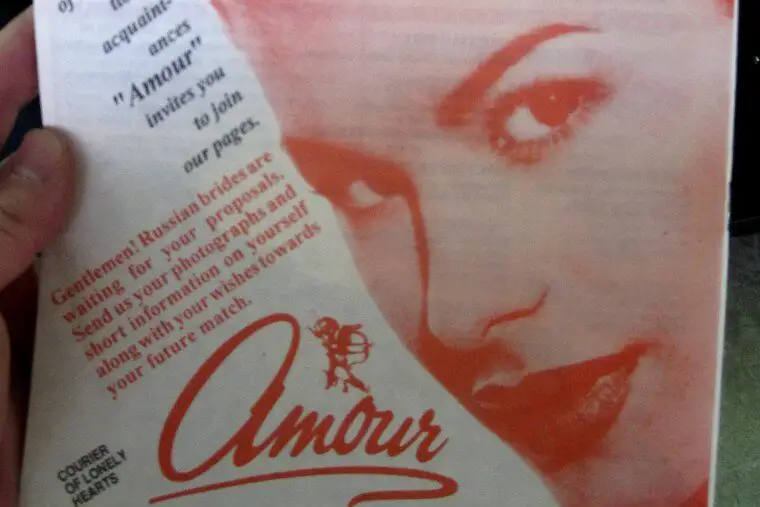
It may sound like something out of a Wild West novel, but ordering a bride through a catalog was once a legitimate practice. Some companies specialized in pairing men with women from other countries, often promising companionship and domestic skills. The ads made it sound as simple as picking out a sweater, but the reality was much more complicated. Many women who signed up for these services were looking for a better life, while the men were hoping for a loyal wife.
Not surprisingly, these arrangements didn’t always work out as planned. Some couples found happiness, while others struggled with cultural differences and unmet expectations. The idea of finding a spouse through a catalog might seem bizarre today, but back then, it was considered a practical option for those who had trouble meeting people the traditional way. With online dating now taking over, maybe it wasn’t so different after all.
9. A Two-Headed Coin
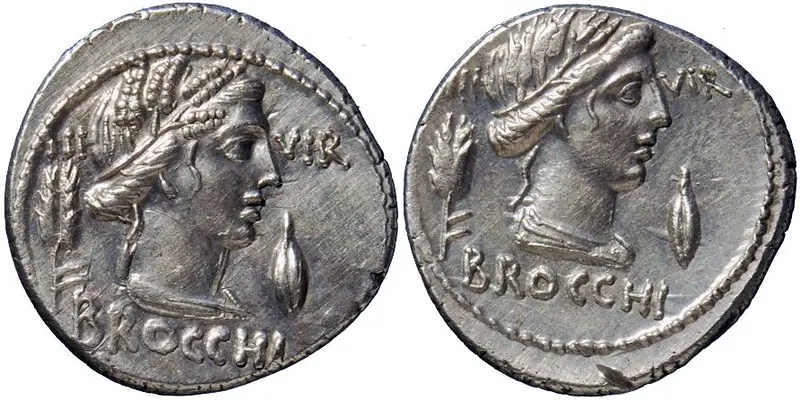
If you ever wanted to impress—or swindle—your friends, a two-headed coin was the perfect catalog find. These novelty coins looked like regular currency, but both sides featured the same face, making it impossible to lose a coin toss. They were popular among pranksters, magicians, and anyone who wanted to tilt luck in their favor. Some versions were so well-made that they could pass as real money, at least until someone looked too closely.
They were a staple in the back pages of old novelty catalogs, alongside fake lottery tickets and disappearing ink. While they might not have been the most ethical trick, they certainly made for some fun bets. A well-timed coin flip could make someone believe in fate—or at least in their own bad luck. Even though most people eventually caught on, the thrill of the trick never really faded.
10. A Shrunken Head Replica
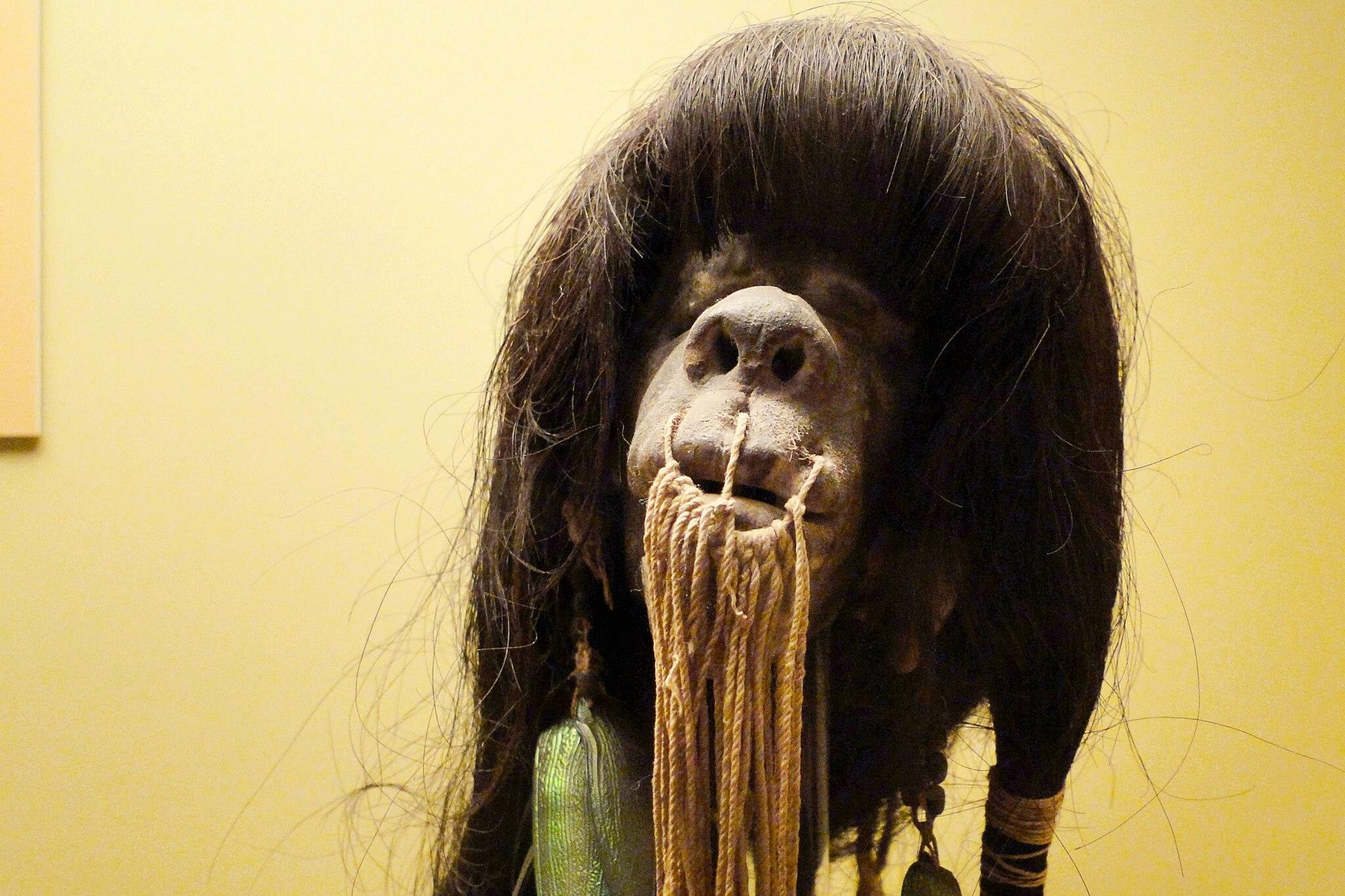
For those with a taste for the macabre, catalogs once sold incredibly realistic shrunken head replicas. Modeled after the real shrunken heads of South American tribes, these eerie collectibles were made from rubber, leather, or even monkey skin. Some were meant for display, while others were small enough to hang from a rearview mirror. They were often advertised as conversation starters, though they were more likely to creep people out.
Collectors and oddity enthusiasts loved the authenticity of these replicas, even if they were a bit unsettling. Some catalogs even claimed to sell “real” shrunken heads, though these were often hoaxes. While the trend has faded, old shrunken heads still pop up in antique stores and curiosity shops. If you ever wanted to add a little horror to your décor, the catalog industry had you covered.
11. A Self-Defense Cane
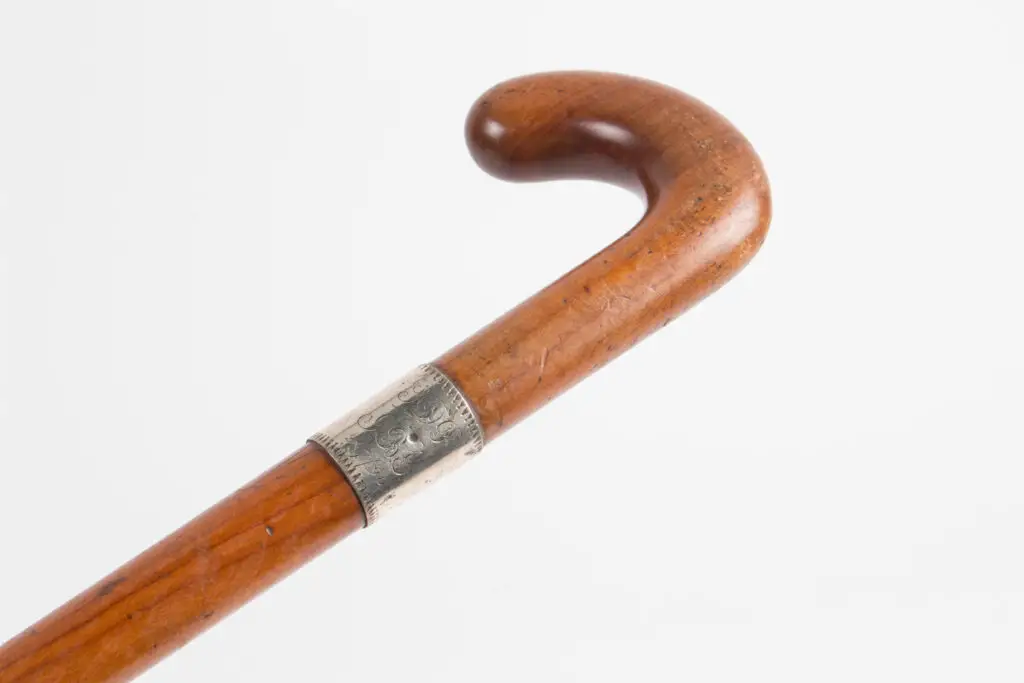
Long before modern self-defense gadgets, catalogs offered an unusual solution: the self-defense cane. At first glance, it looked like a regular walking stick, but hidden inside was a weapon—usually a concealed sword, stun gun, or even a small firearm. These canes were marketed to gentlemen who wanted to stay safe without carrying something obvious. Some versions even had built-in flasks or secret compartments for added functionality.
While they were technically legal in some areas, they definitely raised a few eyebrows. The idea of an ordinary cane turning into a weapon fascinated buyers, especially those who valued a little extra protection. Though not as popular today, vintage self-defense canes still surface at auctions. They serve as a reminder that even the most ordinary objects can have a hidden twist.
12. A UFO Detector
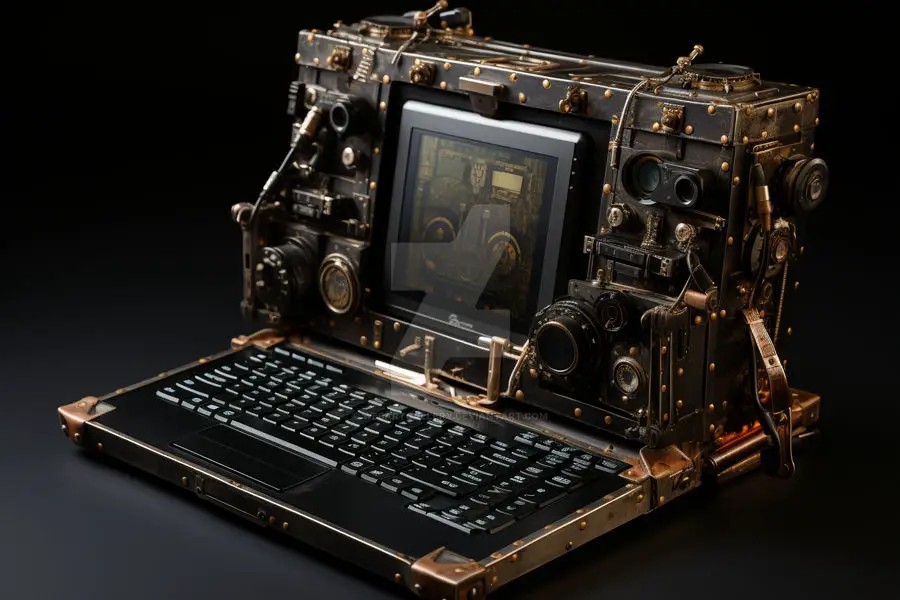
If you were worried about alien visitors, certain catalogs had just the thing—a personal UFO detector. These odd devices claimed to detect electromagnetic disturbances, supposedly signaling the presence of extraterrestrial spacecraft. Some models featured blinking lights and buzzing alarms to add to the drama. The descriptions made it sound like a must-have tool for any serious UFO enthusiast.
Of course, skeptics weren’t convinced, but that didn’t stop curious buyers from giving it a try. While no one ever proved they caught a real UFO, the detectors made for fun conversation pieces. Some were even marketed as security devices, just in case little green men came knocking. It was a time when space-age excitement made anything seem possible—even alien encounters.
13. A Ventriloquist Dummy
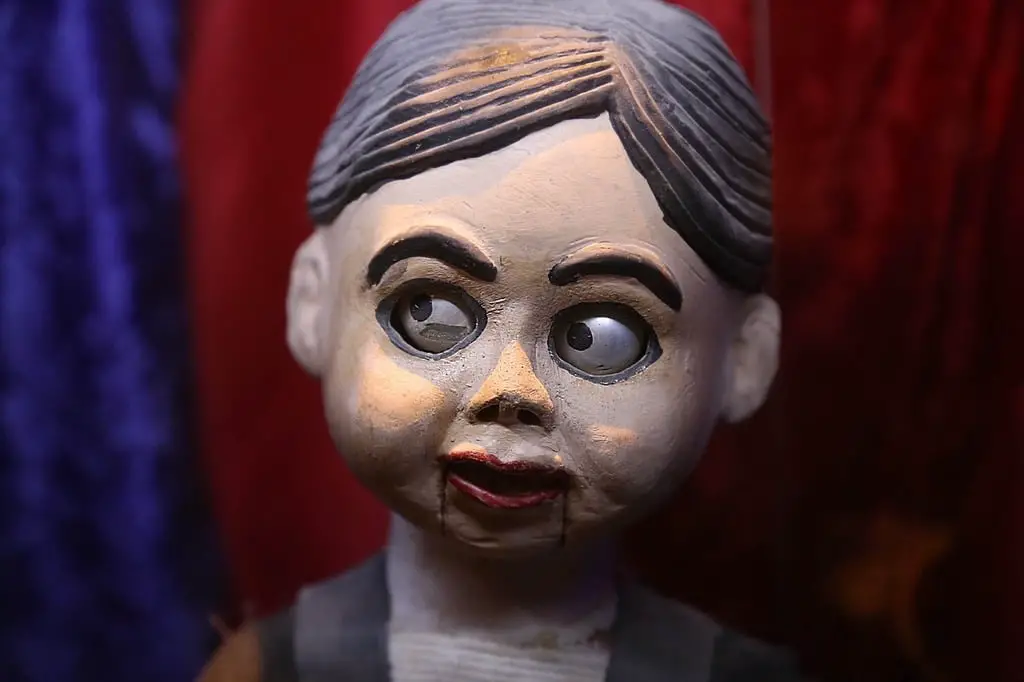
Before online shopping, aspiring entertainers could order their very own ventriloquist dummy straight from a catalog. These weren’t just simple puppets—they were full-sized, intricately crafted dummies with moving mouths and expressive eyes. Some were modeled after famous ventriloquist acts, while others had eerie, generic faces. The catalogs made it seem like anyone could become the next big comedy star with a little practice.
For some, these dummies became beloved performance partners, while for others, they ended up as creepy decorations collecting dust in the attic. More than a few kids probably regretted their purchase after seeing one of these dolls staring at them from across the room. Still, for those with the patience to master ventriloquism, a catalog dummy was a gateway to a unique skill. Whether they were a source of laughter or nightmares, they were certainly one of the strangest things you could order by mail.
